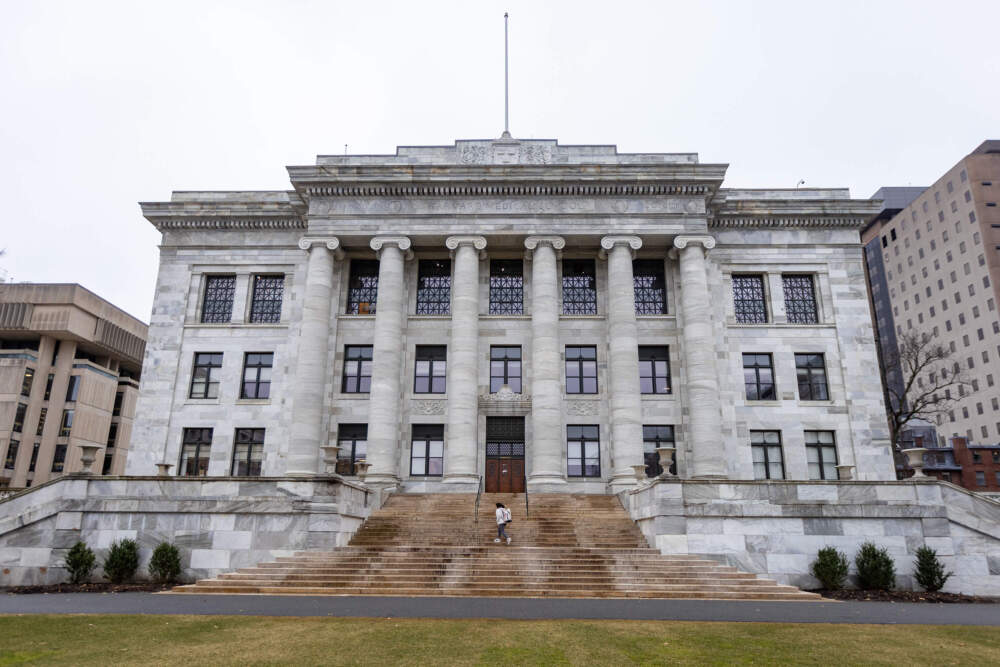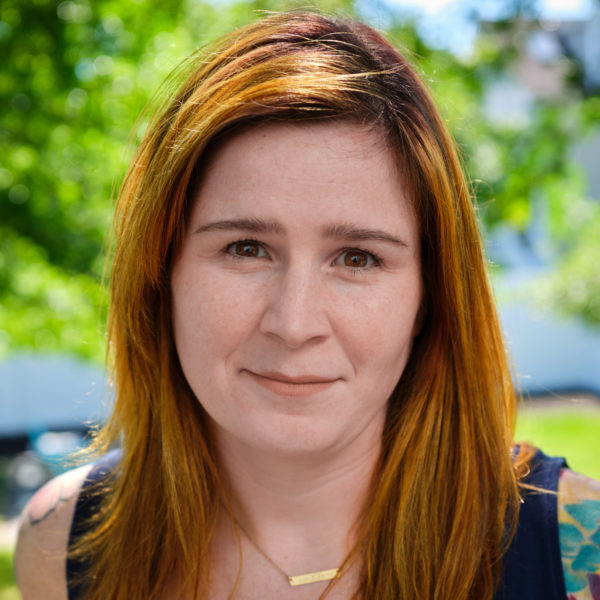Advertisement
The dark history of medical education

When news broke last June that bodies donated to Harvard Medical School were stolen and sold, it instantly became a scandal.
But roll the tape back a few hundred years, and grave robbing, body stealing and the ravaging of cadavers were commonplace in medical academia. From the founding of the first U.S. medical schools in the late 1700s, dead bodies were taken under shady circumstances for use by medical students in anatomy labs. And once those bodies arrived, they were often treated more like pieces of meat than human beings.
“There's this kind of black market, gray market, where you pay the keeper of the poor house or the jail to give you the bodies and they cart them off to the medical school,” said Michael Sappol, a historian of anatomy and death who wrote the book, “A Traffic in Dead Bodies.”
Training in anatomy has long separated doctors from other healers. But voluntary body donation was largely unheard of until about 60 years ago. In fact, dissection was stigmatized, seen as something that only happened to bodies of the poor or marginalized.
There was a grim record of racism in that era of unregulated body snatching. Historian Daina Ramey Berry has studied it. Combing through the archives at medical schools, she found troubling evidence of the buying and selling of enslaved people’s bodies, a practice she calls the “domestic cadaver trade.”
In the archives at Harvard, she discovered a letter from 1845 addressed to a physician who spent nearly 30 years teaching anatomy there. Berry recalled that the writer asked “how much it costs to sell a dead, stiff n-word … Ones that are not all cut up and that you can’t nose, or smell, a mile off, because I know that’s the only trade that you participate in.’ ”
Berry found medical schools from Texas to Maine that sourced enslaved and otherwise marginalized bodies for their students to learn from. Some institutions would brag to prospective students that they had “great subjects for dissection.”
One of the most infamous – and overtly criminal – stories of medical cadaver suppliers happened in Scotland in the 1800s: William Burke and William Hare. They killed at least 16 people and sold the bodies to a local Edinburgh anatomist. (They were eventually caught. Hare flipped on Burke, and Burke was executed. Burke’s corpse was dissected and his skeleton is on display at the Edinburgh Medical School’s anatomical museum.)
Scandals like that led to laws providing a legal way to procure bodies – mainly relying on “unclaimed” people after death. But in the years during and after slavery, enslaved people were still targeted, in both legal and illegal schemes.
Dr. Berry – whose book, “The Price For Their Pound of Flesh,” chronicles the commodification of Black people from birth to death – found racism was baked into the mindset of those early doctors. Black people were considered “other” and that gave some professors a kind of perverse permission to steal or purchase those bodies.
Advertisement
And racism affected how doctors thought about a body’s internal workings. “When they dissected a Black body, they were surprised to find that the insides looked the same,” Berry said. The difference people thought existed between the races “was so profound that they thought that we weren’t the same kind of human beings.”
When Berry’s research appeared in the New York Times, she was flooded with letters and emails. It was then she realized this racialized practice of anatomy wasn’t just a slavery-era issue. Doctors who had trained in the 1950s and 1960s wrote to tell her that every single body they had dissected in medical school was Black.
That not-so-distant history has likely had an impact on today’s voluntary body donations. The practice became legal in 1968 in the United States when the federal Uniform Anatomical Gift Act was passed. There are no official national statistics on the demographics of body donors, but anecdotally, few are people of color. One study from the 1990s in Ohio found that 94% of donor applicants were white.
The stigma around body donation began to wane as trust in the medical profession grew. And medical schools began to court donors as it became harder to source unclaimed bodies. That’s in part due to the advent of a Social Security benefit assisting with burial costs — though today it barely makes a dent at $255.
Still, it took a few more decades for the treatment of donor bodies at medical schools to change.
Tom Champney, now a professor at the University of Miami’s Miller School of Medicine, was in anatomy classes in the 1980s.
“The attitude we were given is that this is something dead,” he said. “You can work on it. You can do things to it. It doesn't really matter because the living thing that was in there is gone. So this is a piece of wood … or an old piece of equipment or whatever, and you're just trying to learn from that.”
Over his career, Champney said, he’s seen a slow change in that attitude, with more professors focused on who the living person was. Many programs teach students to keep donor bodies covered, exposing only the part being worked on. And most schools, including Harvard, have annual memorial services to honor those who donated their bodies to science.
“There’s been more of a resurgence in thinking about these individuals and what their lives were and how they have meaning,” Champney said.

At Quinnipiac University’s Netter School of Medicine in Connecticut, that respect is evident even in the way they speak of the dead. They aren’t cadavers; they’re donors. And they’re not kept in body bags; they’re donor receptacles. Donors are sometimes called “silent mentors” for all they’re teaching the students.
When Dr. Maureen Helgren, Quinnipiac’s director of anatomy, spoke with a reporter in one of the school’s labs, a donor encased in opaque plastic was on the table in front of her. Helgren rested her gloved hand on the donor, in a gesture of connection.
Helgren said she never forgets the humanity of the donors she’s working with. And she holds one thing especially close: “This is a person who was interested in the education of other people,” she said. “When you think about how selfless someone has been for the benefit of somebody else that they don’t know — that overwhelms me at times.”
But despite higher ethical standards in the anatomy lab, the law still has a narrow view of how to treat the dead. Former Harvard morgue manager Cedric Lodge and his co-conspirators are charged with the interstate transport of stolen goods — the same kind of charge he’d face if he’d stolen computers or textbooks from Harvard.
